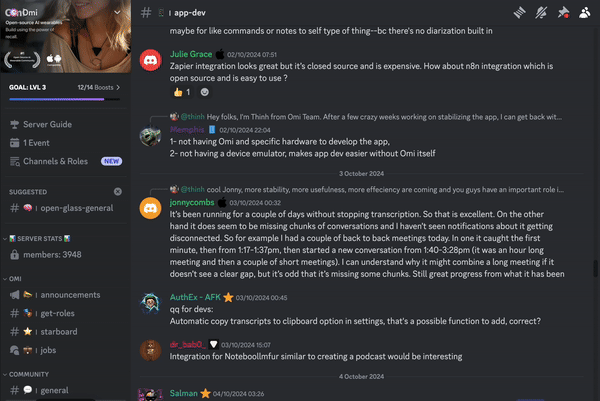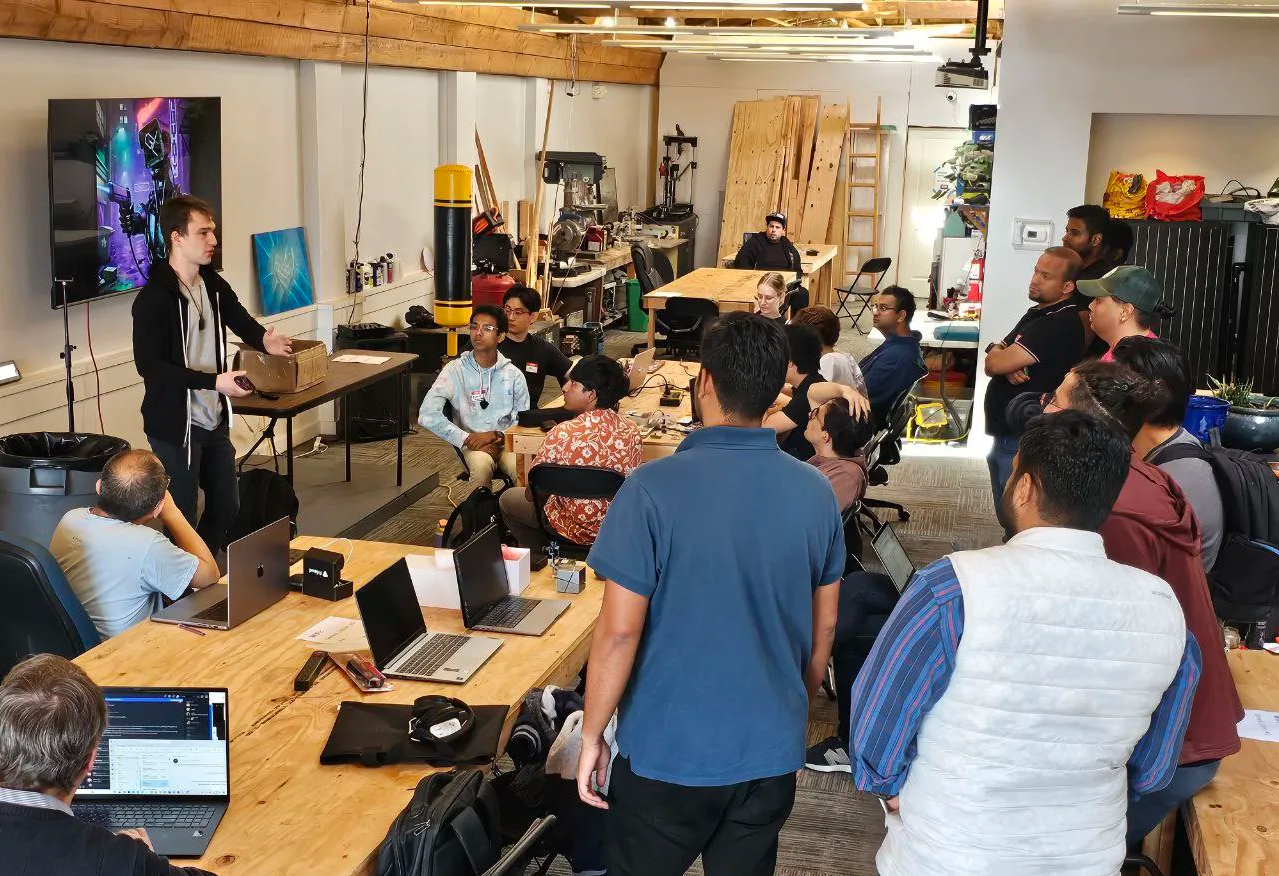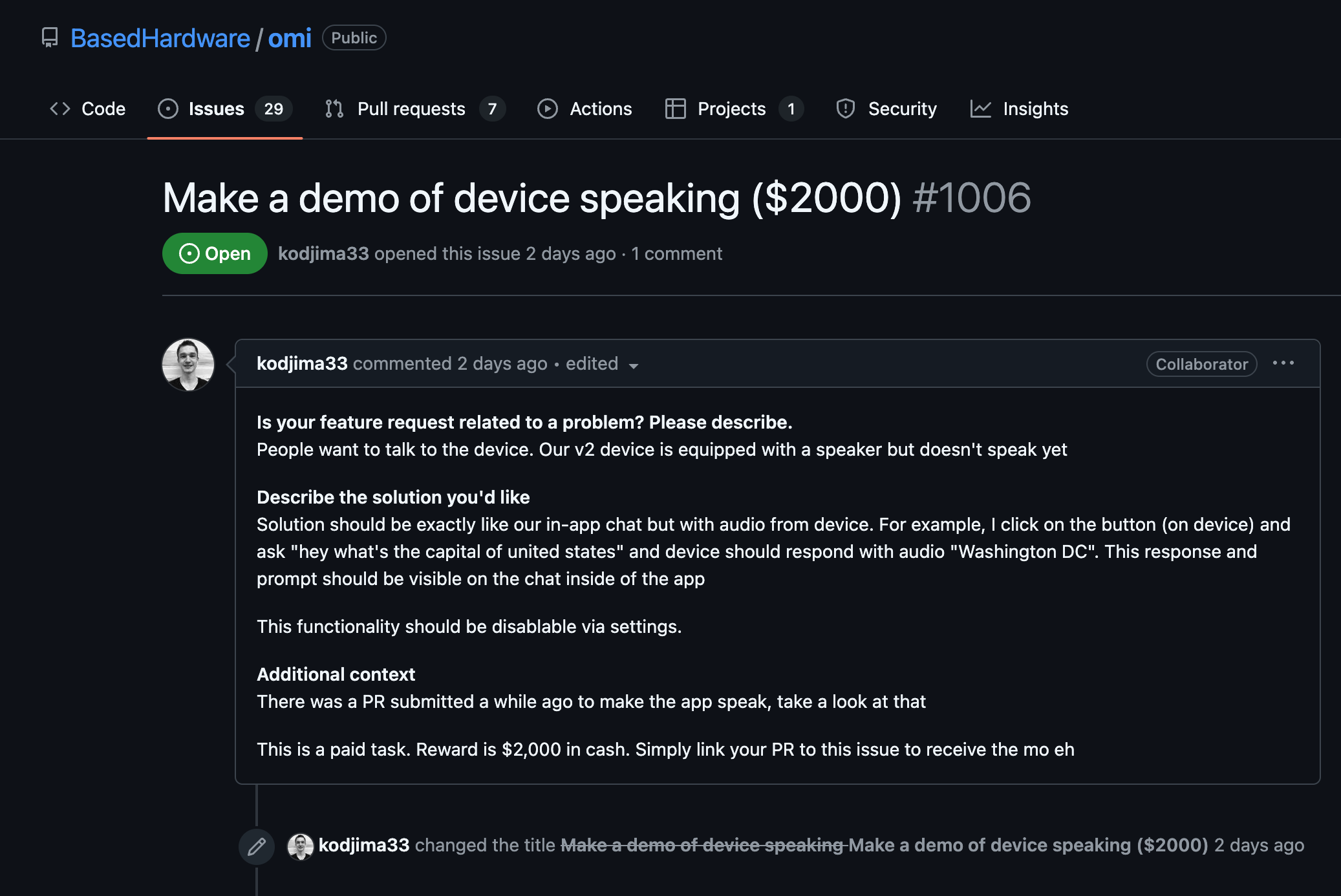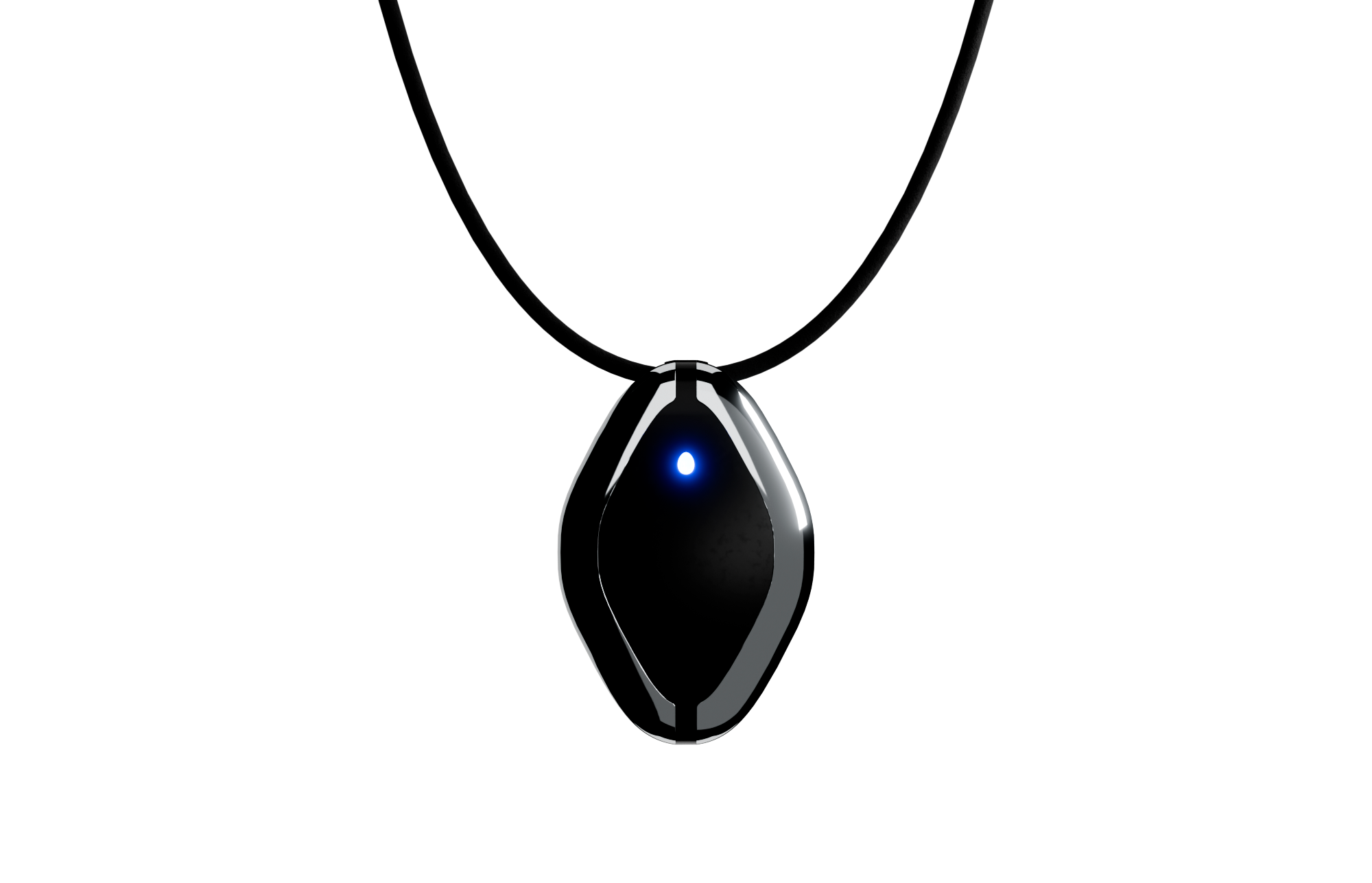Overview of Remote Device Provisioning
- Remote Device Provisioning allows IoT devices to receive configurations and credentials necessary to connect to a network or a cloud service without manual intervention.
- The process involves secure communication, device authentication, and configuration update management.
Designing Provisioning Mechanism
- Identify the specific configuration parameters required by your devices, such as network credentials or application-specific settings.
- Develop a secure protocol for communication between the device and provisioning server. Consider using protocols like MQTT, CoAP, or HTTP for cloud communication.
Implementing Secure Communication
- Incorporate encryption protocols, like TLS or DTLS, to ensure data transmitted between devices and servers is protected.
- Use device certificates or pre-shared keys for authenticating devices. Ensure that all devices are securely pre-loaded with the necessary credentials before deployment.
// Example of establishing a TLS connection using mbedTLS in C
int ret;
mbedtls_ssl_context ssl;
mbedtls_ssl_init(&ssl);
mbedtls_ssl_config conf;
mbedtls_ssl_config_init(&conf);
// Set up the secure connection configuration
mbedtls_ssl_config_defaults(&conf, MBEDTLS_SSL_IS_CLIENT, MBEDTLS_SSL_TRANSPORT_STREAM, MBEDTLS_SSL_PRESET_DEFAULT);
mbedtls_ssl_setup(&ssl, &conf);
// Perform additional configuration such as setting the server hostname and providing credentials
Developing Provisioning Code for Devices
- Implement client-side logic to retrieve provisioning data from the server. This may involve executing HTTP POST requests or subscribing to a specific MQTT topic.
- Parse incoming data and apply configuration changes. Ensure data validation and error handling mechanisms are in place to manage incomplete or incorrect configurations.
// Example of an MQTT callback function to handle configuration updates
void mqtt_message_callback(char *topic, char *payload, int payload_length) {
if (strcmp(topic, "device/config/update") == 0) {
apply_configuration(payload, payload_length);
}
}
Implementing Server-side Logic
- Develop or set up a server capable of handling requests and distributing provisioning data to your devices.
- Ensure the server can authenticate requests from devices and issue configuration updates securely.
# Example Python code snippet using Flask to send provisioning data
from flask import Flask, jsonify, request
app = Flask(__name__)
@app.route('/provision', methods=['POST'])
def provision_device():
device_id = request.json.get('device_id')
# Retrieve the provisioning data for the device
config_data = get_device_configuration(device_id)
return jsonify(config_data)
if __name__ == '__main__':
app.run(debug=True)
Testing and Deployment
- Test the complete provisioning workflow under different network conditions to ensure its robustness and reliability.
- Simulate device onboarding, connection loss, and configuration update scenarios to validate resilience.
Security and Maintenance
- Regularly update your security protocols and libraries used for encryption and communication to tackle emerging threats.
- Establish a monitoring mechanism on both device and server sides to detect anomalies in the provisioning process.
























